
S.E.E.R. Secrets for DE&I Systemic Change from Her Popular TEDx | Natasha Miller Williams
Recommendation
Despite what many people think, one voice is powerful enough to enact systemic change. In this episode of The Courage of a Leader, host Amy L. Riley interviews VP of Culture and DE&I at Ferrara, Natasha Miller Williams, about how to change workplace norms to benefit everyone. Williams intertwines data and insights as she unpacks what’s involved in ensuring every person within an organization has a seat at the table. Delve into her SEER strategy for improving interpersonal connections, expanding opportunities for all individuals, and challenging exclusionary systemic norms.
Summary
About the Speakers
The host of The Courage of a Leader podcast, Amy L. Riley, is an internationally renowned speaker, author, and consultant. Guest Natasha Miller Williams is VP of Culture and DE&I at Ferrara. She’s been named one of Crain’s Notable DE&I Executives and Diversity MBA Magazine’s Top 100 Executive Leaders and Top 100 Women of Influence.



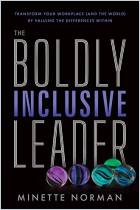
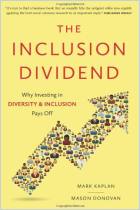
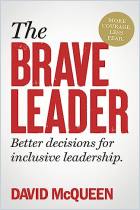
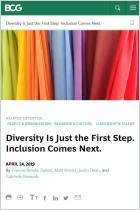
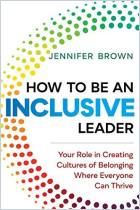



Comment on this summary